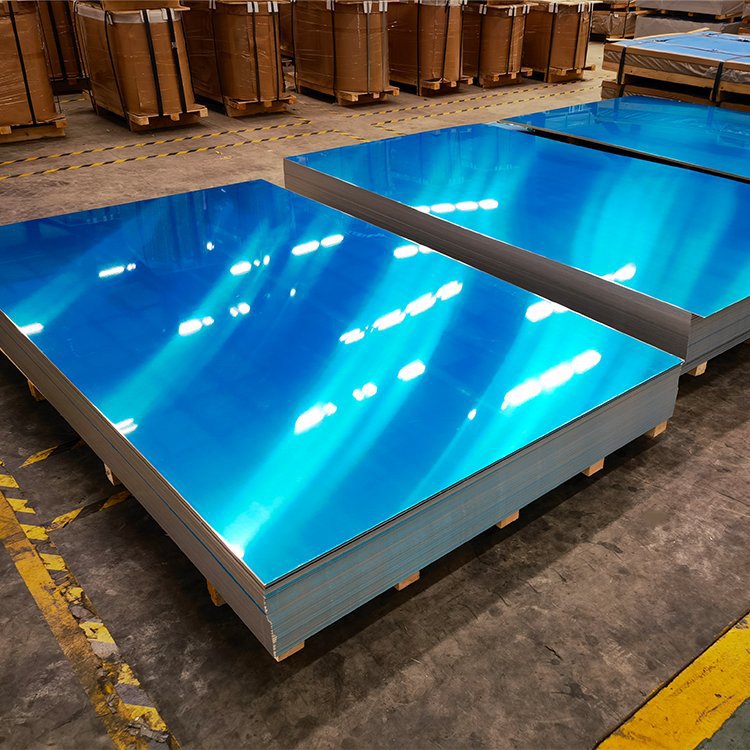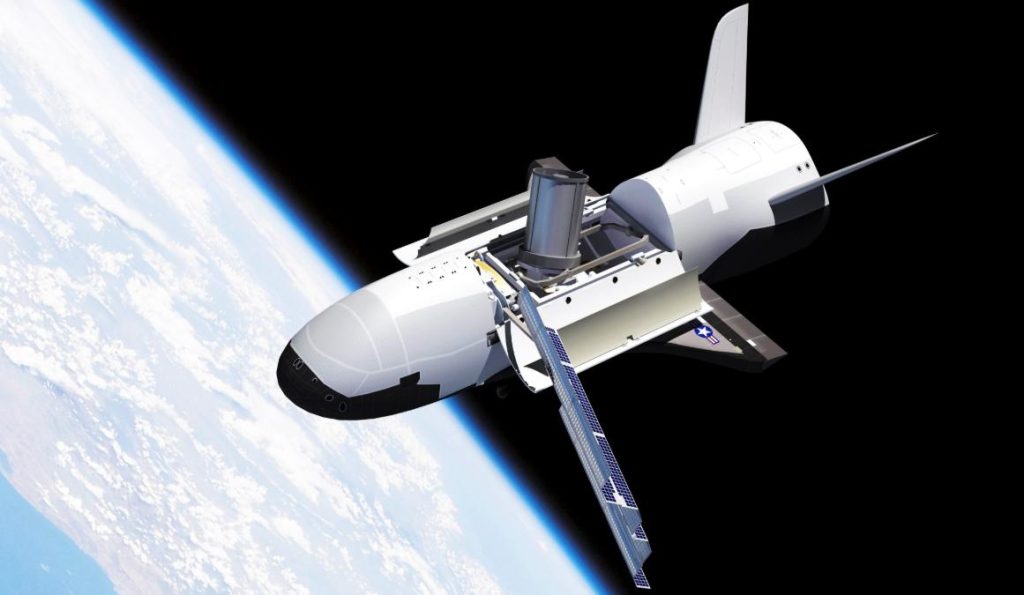Aircraft Aluminum Sheet
Aircraft Aluminum Sheets are specially created high-performance aluminum alloy plates utilized exclusively within the aviation industry. The aluminum sheets are a key component of the aerospace industry with their lightweight, robust strength, corrosion resistance, and outstanding mechanical properties. Aircraft Aluminum Sheets are usually composed of a few series of aluminum alloys, such as 2 series, 6 series, 7 series, etc., each possessing distinct properties and areas of application.
Specifications
Here is a summary table about the common specifications of aircraft aluminium sheets:
| Alloy | Strength level | Application Range | Corrosion Resistance | Tensile Strength | Elongation | Density | Other Characteristics |
| 7075 | Ultra-high strength | Aircraft structural parts, landing gear | Good | 505-620 MPa | 12-15% | 0.98 g/cm³ | Poor welding performance, special protection required |
| 2024 | Medium-high strength | Aircraft structural parts, brackets | Fair | 490-527 MPa | 12-15% | 0.96 g/cm³ | Contains copper and magnesium, which increases brittleness |
| 6061 | Medium strength | Aerospace, automobile, electronics | Good | 275-350 MPa | 16-20% | 0.97 g/cm³ | Better performance after heat treatment |
| 7050 | High strength | Large structural parts | Good | 549-620 MPa | 12-16% | 0.98 g/cm³ | Strong resistance to corrosion and cracking |
Features of Aircraft Aluminum Sheet
Aircraft aluminum sheets are completely vital to the aerospace industry since they directly affect the performance, weight, and safety of aircraft.
- Aircraft aluminum plates, such as 7075 aluminum alloy, have a tensile strength of as high as 560MPa combined with an elongation of 6% that allows them to sustain high loads while maintaining their light weight.
- Aviation aluminum plates usually have good corrosion resistance, especially against seawater and most chemical media, and thus they can work for a long time in harsh environments without easily being corroded.
- The aviation aluminum plates also exhibit good fatigue resistance, i.e., the ability to withstand repeated loading without failure, which is a top priority for safe operation of aircraft under dynamic flight conditions.
- Aviation aluminum sheet can be made by many types of processing technology, including forging, rolling, extrusion, etc., so they can form complex three-dimensional shapes and components to satisfy the strict requirements of material shapes in aviation.
Application of Aircraft Aluminum Sheet
Aircraft Aluminum Sheets are widely used in the aerospace field due to their excellent properties such as light weight, high strength and corrosion resistance. The following will introduce in detail the specific application of Aircraft Aluminum Sheet:
Main application parts on aircraft:
- Fuse skin: This is one of the most widely used parts of aluminum alloy on aircraft. Aluminum alloy skin can not only reduce the weight of the aircraft and improve flight efficiency, but also has good formability and corrosion resistance.
- Wing: The wing is a key component for aircraft to generate lift. Aluminum alloy wings have high strength, high stiffness and good fatigue performance, and can withstand the huge stress generated during flight.
- Tail: The tail is used to control the flight attitude of the aircraft. The aluminum alloy tail has the characteristics of light weight, good rigidity, and corrosion resistance.
- Landing gear: The landing gear is the part that contacts the ground when the aircraft takes off and lands. Aluminum alloy landing gear has good shock absorption and wear resistance.
- Internal structure: The internal structure of the aircraft, such as beams, girders, bulkheads, etc., also widely uses aluminum alloy materials.











